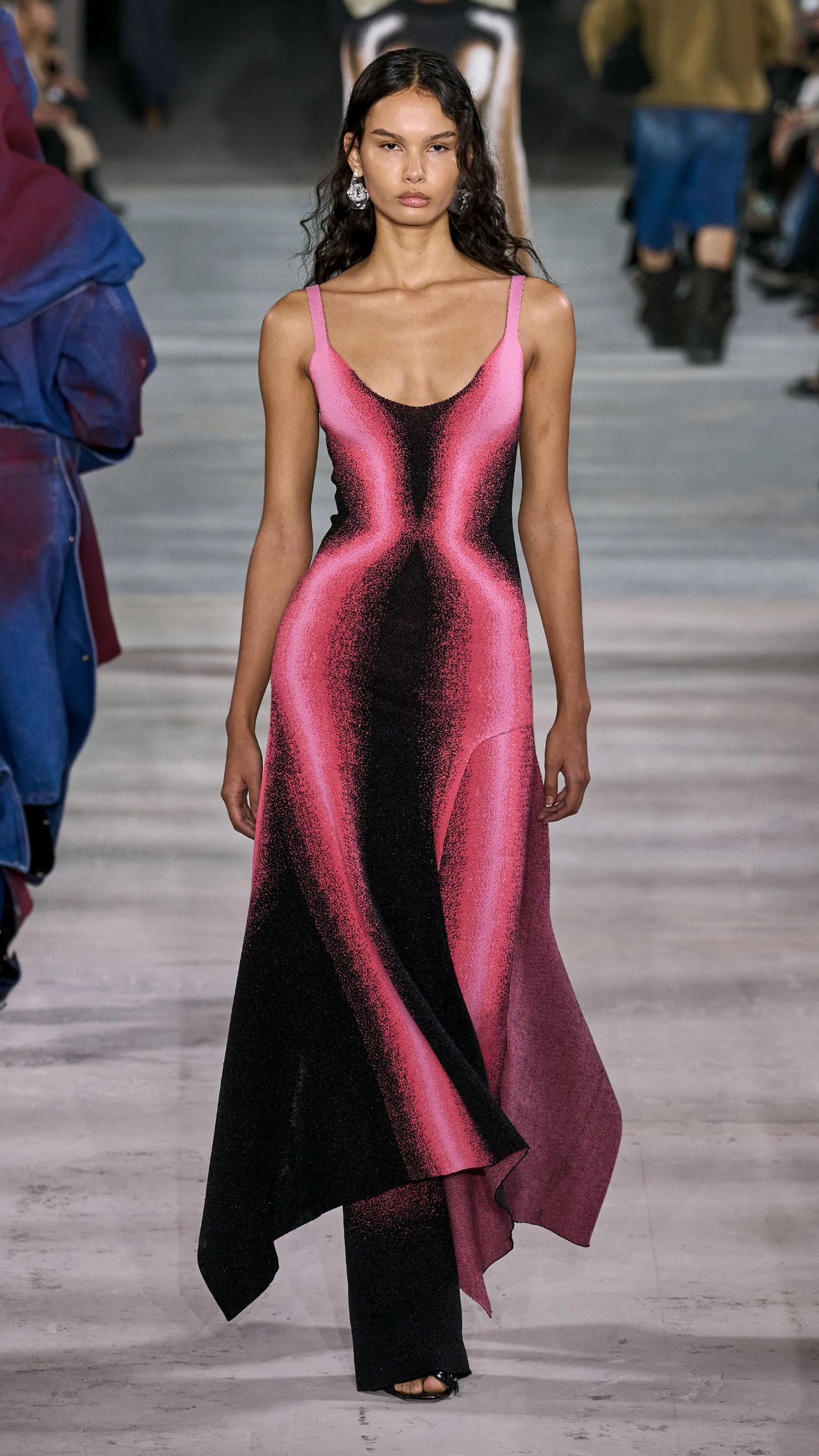The Quiet Exit of Y/Project
In a fashion landscape that often favors the familiar, Y/Project dared to disrupt. Yet, in a surprising and somber turn, the boundary-pushing Parisian label has announced its closure, marking the end of an era for avant-garde fashion. For many, this moment feels like the quiet silencing of a voice that is consistently challenged by how we think about design, form, and the body. Founded in 2010 by Yohan Serfaty and later re-imagined by Glenn Martens in 2013, Y/Project became a beacon of experimental fashion, blending streetwear influences with architectural tailoring. Martens didn’t just design clothes—he engineered statements. His work was a masterclass in contradiction: sensual yet cerebral, elegant yet raw. Denim spiraled and wrapped around bodies, tailoring defied gravity, and everyday staples morphed into artful expressions. The brand wasn’t about fitting in but about bending the rules until they broke.
Y/Project’s brilliance lay in its ability to make complexity feel desirable. A twisted seam, an exaggerated silhouette, or a deconstructed hoodie wasn’t just design gimmickry—it was fashion’s answer to postmodernism, asking us to reconsider what clothing could be. Few brands could walk the tightrope between the wearable and the conceptual as deftly. But in an industry increasingly driven by commercial pragmatism, was there still room for such subversive creativity? The closure of Y/Project signals a troubling answer. It’s a stark reminder of how precarious the fashion ecosystem has become for brands that prioritize artistic vision over mass-market appeal. The fashion industry often preaches about innovation, but it rarely makes room for sustained risk-taking. Amidst fast fashion’s relentless churn and luxury conglomerates’ iron grip, Y/Project’s departure feels like the loss of a vital pulse in the industry.
Martens, who now also helms Diesel with notable success, brought a rare intellectual rigor to fashion. Yet, the demands of leading multiple brands may have strained the sustainability of maintaining Y/Project’s intricate and resource-intensive collections. Or perhaps it was the market itself that turned away from garments that required the wearer to lean in and think.What Y/Project offered was more than clothing—it was conversation, curiosity, and courage. The label invited us to play with fashion, to question norms, and to embrace the beautifully bizarre. Its absence leaves a void, not just on runways, but in the ongoing dialogue about what fashion can be. As the lights dim on Y/Project, we are left reflecting on fashion’s delicate balance between art and commerce. Who will pick up the mantle of rebellion? Who will dare to challenge our perceptions as Y/Project so fearlessly did?





